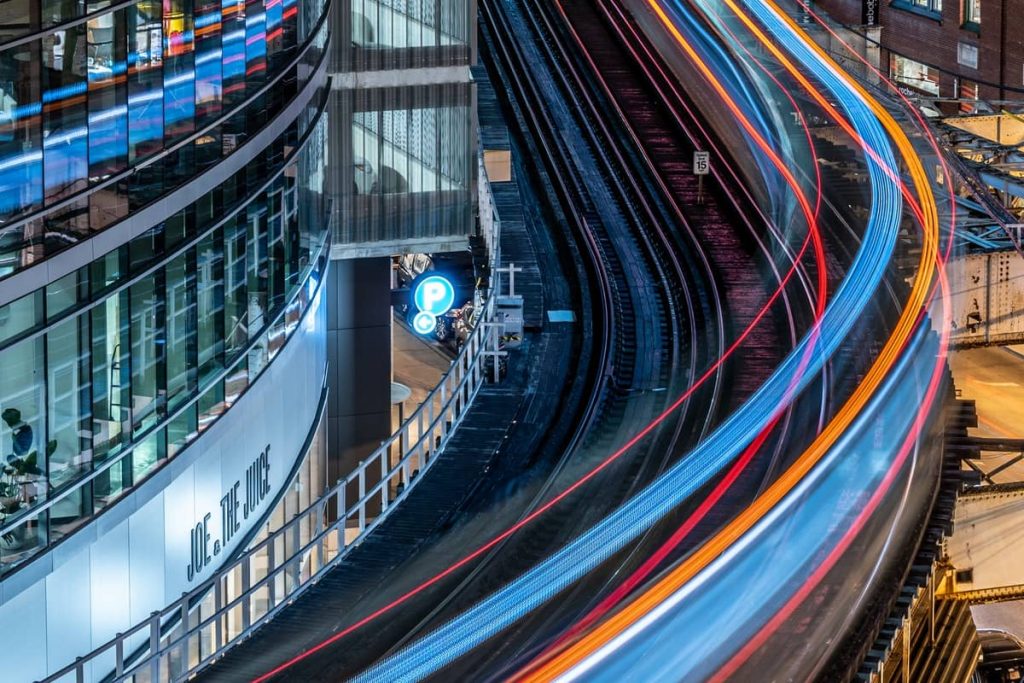A good infrastructure is the backbone of any country. Highways, bridges, railways and buildings are the building blocks that make any city and country run smoothly.
Concrete, steel and wood have been the material of choice in building many of these structures. But now, the focus is shifting towards fibres in forced plastic.
Structural and civil engineers are now increasingly looking towards FRP products manufacturers in India for providing them with an FRP alternative to conventional building material.
The unique mechanical properties of FRP are well suited to the requirements of infrastructure building material. As a result, FRP products have emerged as an attractive alternative as raw materials or reinforce other materials.
The potential
For FRP products manufacturers in India, there is a huge demand in both international and domestic markets.
The demand in global markets comes from emerging economies (such as in many Asian countries) and developed economies (like the Middle East).
However, domestic demand is expected to trump even that. Many experts agree that domestic demand will, in fact, go up very shortly.
This comes in the wake of the Central government’s commitment to building the infrastructure with an ambitious investment of 25 trillion! This investment will include the development of:
- Roads
- Industrial clusters
- Railways
- Ports
- Utilities like power, water
While the government has allocated some severe funds to these projects, it is expected that investments from other sources will also help catch up with the global standards.
Many banks have already committed to these future costs. Now funds are drummed from private sources as well as global investors.
For instance, the government has already committed to modernizing the railways, including a more extensive spread for metro rails.
It is seeking more private participation. In fact, several major global companies have already invested in railway projects.
Similar participation is being sought in power and housing under the government Five Year Plan completed by 2022. Spending in the sector is expected to spread to the private sector.
Despite the recent slump in the construction industry, necessity will pick up the market after a brief course correction. Increasing urbanization and industrialization increase the private sector’s stake in infrastructure building.
In short, India will see an increase in long-term infrastructural spending. This means a significant scope for the FRP industry since the hike in infrastructure spending will automatically mean growth in all supplying secondary industries.
With the government dedicated to building long-term projects, FRP products or FRP reinforced products will only increase.
FRP Products in Infrastructure Building
There is wide-ranging scope for FRP products manufacturers in India when it comes to infrastructure building.
Almost every sector will benefit from these long-staying and efficient components. Some of the products that are used in infrastructure projects are:
Power transmission
- Composite core cables
- Suspension insulators
Urban infrastructure
- FRP/GRP pipes
- Septic tanks
- Utility poles
Buildings
- FRP reinforced gypsum panels.
- FRP reinforced concrete
- Door, window panelling
- FRP railings, cable trays etc
Roads
FRP reinforced rebars in concrete in building overhead bridges
Railways
Constructing passenger coaches
Why FRP?
In each sector, FRP is being increasingly favoured by civil and construction engineers. IN every field, FRP application has improved the strength and longevity of the construction.
Its wide-ranging applications are also remarkable. FRP can replace most raw materials and be applied to almost any sector. For instance, we use FRP to build tanks as well as cables!
The reason for FRP’s rising inclusion in all infrastructural projects is easy to understand when we see its unique properties. For instance,
The tensile strength of FRP products is four to seven times more than conventional materials like steel and aluminium. This makes them ideal for construction materials like FRP reinforced rebars or FRP railing and gratings.
Despite its strength, it is very lightweight, much lighter than other alternatives. This makes it ideal for building structures like passenger coaches.
Lighter coaches’ means less weight on rail tracks, which increases load-bearing capacity, speed and efficiency.
Corrosion-resistance: FRP is highly resistant to corrosive elements like moisture and most toxins. It is used in water distribution pipes and septic tanks where moisture and highly corrosive acids can reduce the life of any other structural element.
Conclusion
The government focus on building the national infrastructure presents a massive opportunity for FRP products manufacturers in India.
With its superiority over any other conventional material, FRP products will see a booming demand in this sector shortly.
- Why Use FRP Gratings India
- Ultimate Best Process of FRP Cable Trays Manufacturing
- How To Use GRP Pipe In Wastewater Systems
For More Latest Industry NEWS Updates and “FRP products”, Visit Net Zings.


Pingback: Strength & Benefits of FRP Products Vs Other Materials Emart Spider